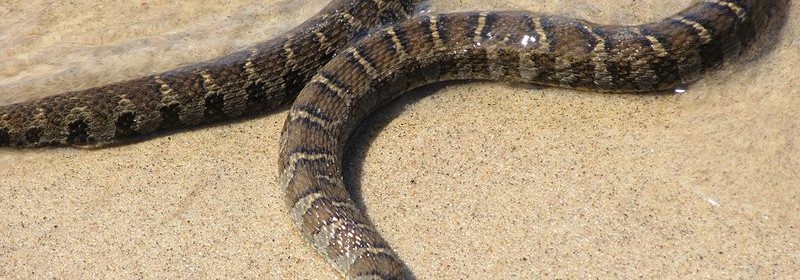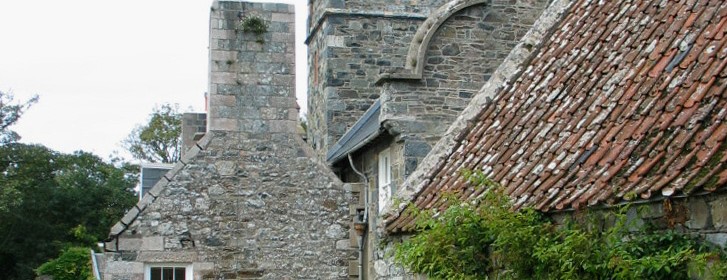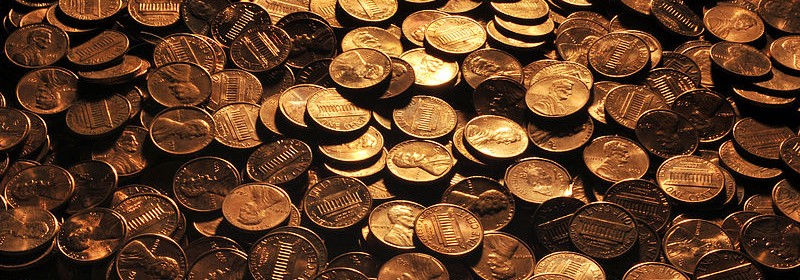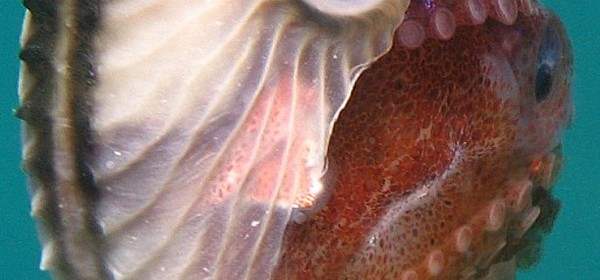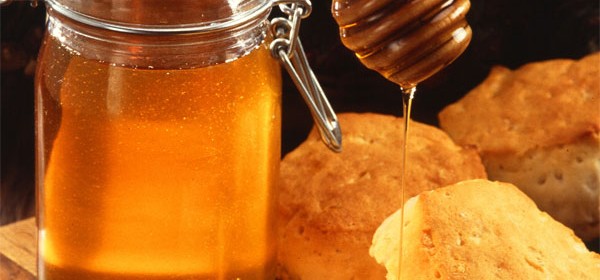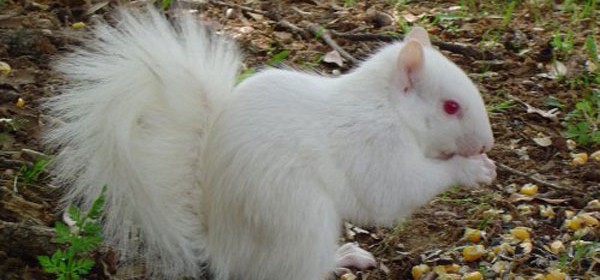There Once was a Little Person Who Played in Major League Baseball
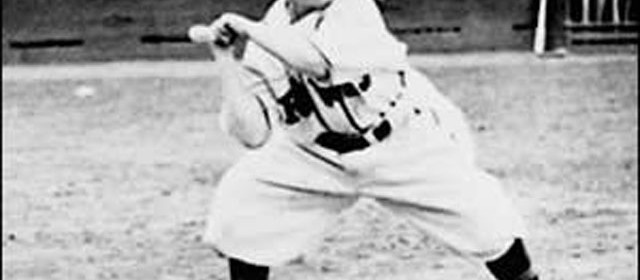
Today I found out there once was a little person who played in Major League Baseball. This man was 26 year old, 3 feet, 7 inch tall Eddie Gaedel. Gaedel was signed by Bill Veeck to a Major League contract of $15,400 ($100 per game), which was the set minimum one could pay a little person performance act, per event. […]
Read more




